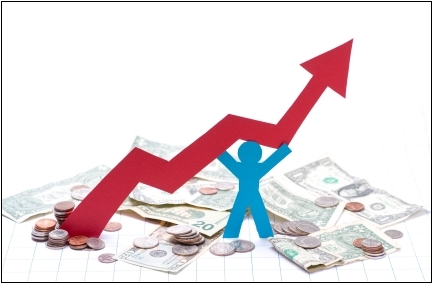By Jim Cline
 The most recent batch of national economic reports from the past couple weeks, continue to reflect an economy that is recovering slowly. On balance, the news is positive. The economic indicators from earlier in the summer of a possible recession seem to be receding, replaced with more positive, albeit, not vibrant indicators.
The most recent batch of national economic reports from the past couple weeks, continue to reflect an economy that is recovering slowly. On balance, the news is positive. The economic indicators from earlier in the summer of a possible recession seem to be receding, replaced with more positive, albeit, not vibrant indicators.
One of the more hopeful signs is the resurgence of the housing market. The severely distressed housing market has contributed significantly to the depth of the recent recession and the slow recovery from it. Most economists agree that no full recovery will occur, until the housing market rebounds. The most recent housing sales report shows home sales rising and suggests that the large inventory of unsold properties is starting to clear.
Another piece of positive news, was the factory order report. The most recent Commerce Department report shows factories orders up, the third consecutive monthly increase. Despite these more upbeat signs, the Conference Board’s consumer confidence index, reports a decrease. Likely, this drop is a result of the spate of poor economic news that occurred at the beginning of the summer, casting some doubt over the economy.
The latest report of Leading Economic indicators was consistent with this view. It reported an increase in July, after a June drop. Explained in the Conference Board, economist:
With this month’s increase, the U.S. LEI [Leading Economic Indicators] returned to its May level. The majority of its components improved, led by large contributions from housing permits and initial unemployment claims. The LEI’s six-month growth rate seems to be stabilizing, pointing to a continuing but slow expansion in economic activity for the rest of the year. Meanwhile, the coincident economic index, a measure of current conditions, has been rising slowly but steadily, with all four components improving over the last six months.
Reports from Washington state continue to suggest a recovery that is on track, but still restrained by the slow pace of the national recovery. As we have indicated, the collective bargaining will continue be negative until this is a full national and state recovery followed by a restoration of strong fiscal balance sheets.



